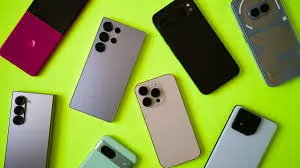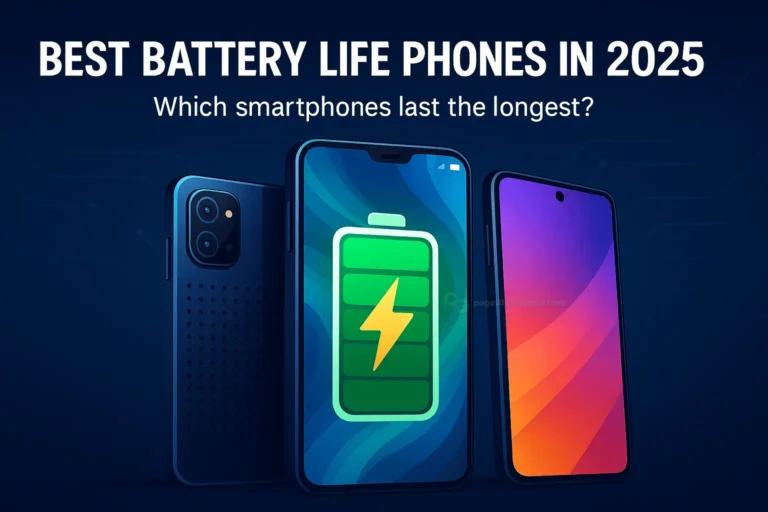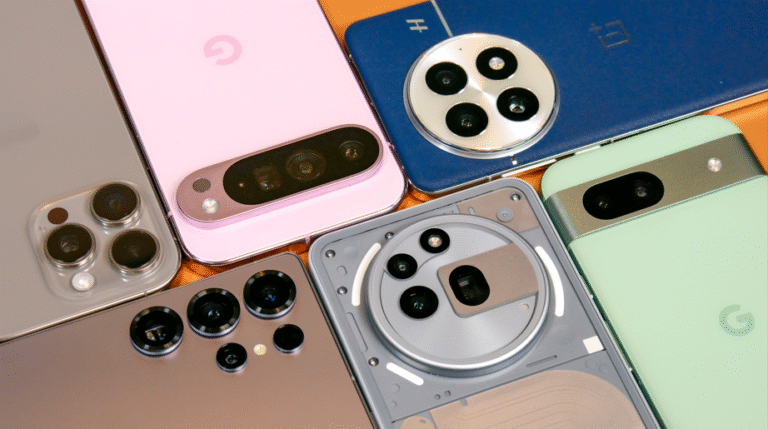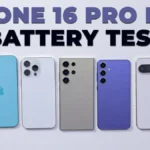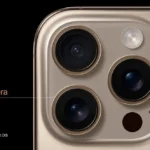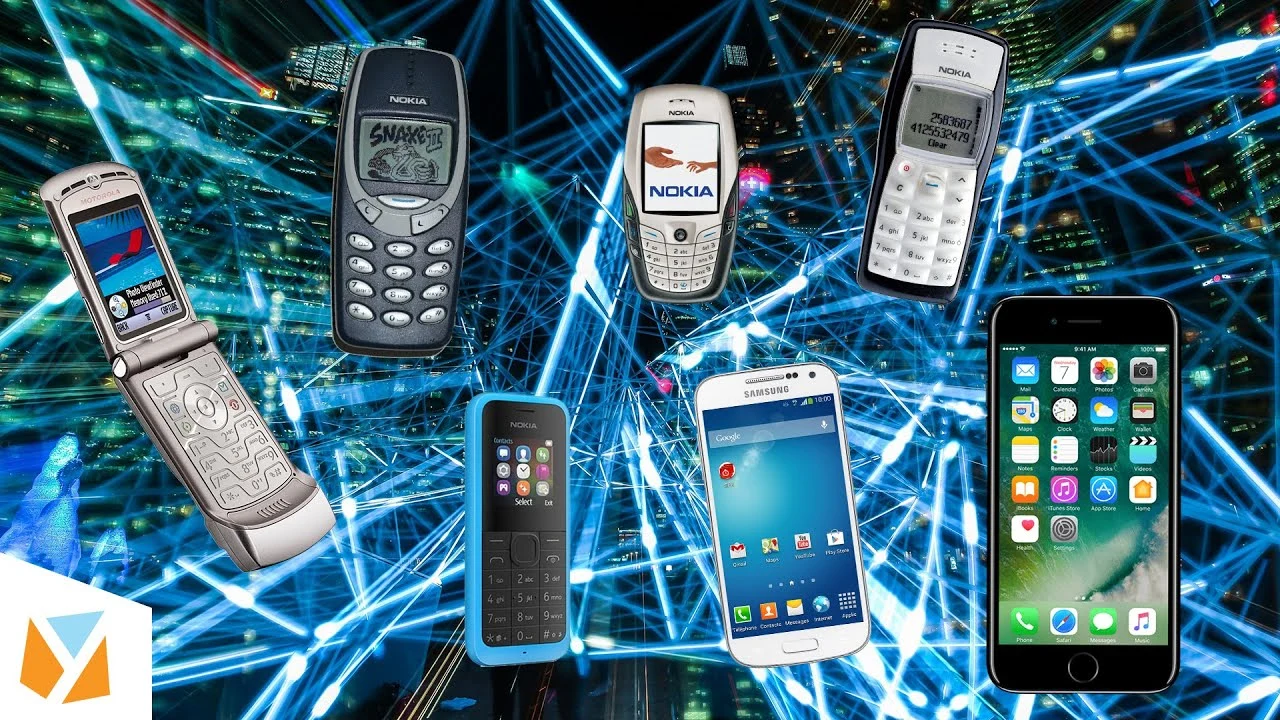
Last Updated on June 24, 2025 by Umair Ahmed
Smartphones have become an inseparable part of modern life, acting as our camera, calendar, personal assistant, entertainment hub, and primary communication tool. But to understand why smartphones matter so much in 2025, it’s important to look beyond specs and prices, and instead focus on how they fit into the way we live, work, and connect.
In this blog, we explore smartphones through a semantic SEO lens, addressing related topics like performance, ecosystem compatibility, sustainability, and user needs, so you don’t just find a phone, you find the right one for you.
What is a Smartphone Today?
A smartphone is much more than just a mobile phone with internet access. It’s a pocket computer that combines high-speed processing, high-definition displays, AI-enhanced cameras, and access to cloud-based ecosystems. In 2025, smartphones are becoming:
- Smarter with AI integration for daily tasks
- Faster with 5G and advanced chipsets like Snapdragon 8 Gen 4 and Apple A18 Bionic
- More Personalized, adapting to user behavior, usage patterns, and preferences
The Real User Intent Behind Searching Best Smartphone
When someone searches for the “best smartphone,” their intent is not just to see a list of models. They might be:
- Looking for a budget-friendly option
- Comparing camera quality for content creation
- Seeking a phone with longer battery life
- Searching for gaming performance
- Checking if a device fits into their existing Apple or Android ecosystem
Understanding Search Intent Example
Instead of optimizing for “cheap smartphones,” a semantic SEO approach would include:
- “Best phones under $300 for photography”
- “Affordable Android phones with strong battery backup”
- “Budget smartphones that support Android 14”
Key Smartphone Features in 2025 and What They Actually Mean
1. AI in Smartphones
From Google Pixel’s Tensor G4 chip to Apple’s on-device Siri upgrades, AI is helping phones predict your actions, organize your photos, and even summarize emails.
Why it matters: Users want more convenience, not more clutter.
2. Camera Evolution
It’s not about megapixels anymore. Phones now offer:
- Periscope zoom lenses
- AI scene detection
- Cinematic video modes
- Night photography enhancements
Real-world example: A travel blogger might value the Samsung Galaxy S25 Ultra for its zoom lens, while a TikTok creator may prefer the iPhone 16 Pro for its cinematic stabilization.
3. Performance and Gaming
With processors like the MediaTek Dimensity 9400 or Apple A18 Pro, gaming on phones has reached PC-level quality.
Choosing a Smartphone Based on Lifestyle
Instead of comparing numbers, semantic SEO recommends segmenting content based on user profiles.
| User Type | What Matters Most | Suggested Features |
|---|---|---|
| Content Creator | Camera, editing tools | High MP camera, good post-processing |
| Gamer | CPU, refresh rate | 144Hz AMOLED, vapor cooling |
| Business User | Security, multitasking | Encrypted chipsets, Dex/Stage Manager |
| Student | Battery life, storage | 5000mAh+ battery, 128GB ROM |
| Elderly | Simplicity, loud volume | Large icons, hearing aid support |
Smartphone Ecosystems Why Compatibility Matters
Today, buying a phone isn’t an isolated decision. You’re often buying into an ecosystem Apple, Samsung, Google, or others
What users care about:
- Does it sync with my laptop/tablet/watch?
- Will it support software updates for the next 4–5 years?
- Can I transfer data easily from my old phone?
User intent: “Which phone is better for a MacBook user?”
Semantic response: Highlight AirDrop, Handoff, iMessage, and app continuity features.
Sustainability and Future-Proofing
With growing awareness about e-waste and sustainability, many consumers now want to know:
- Is this phone repairable?
- Does it come with a charger?
- How long will it receive updates?
Related concepts to include semantically:
- “Green smartphones 2025”
- “Phones with long-term software support”
- “Refurbished vs new smartphones”
Final Thoughts What Makes a Smartphone the Right Choice?
The “best smartphone” doesn’t mean the most expensive one. It means the one that fits your daily needs, long-term goals, and ecosystem preferences.
By understanding user intent and connecting the dots between performance, compatibility, budget, and lifestyle, content can become more helpful, more engaging, and more likely to rank in Google’s semantic search era.

